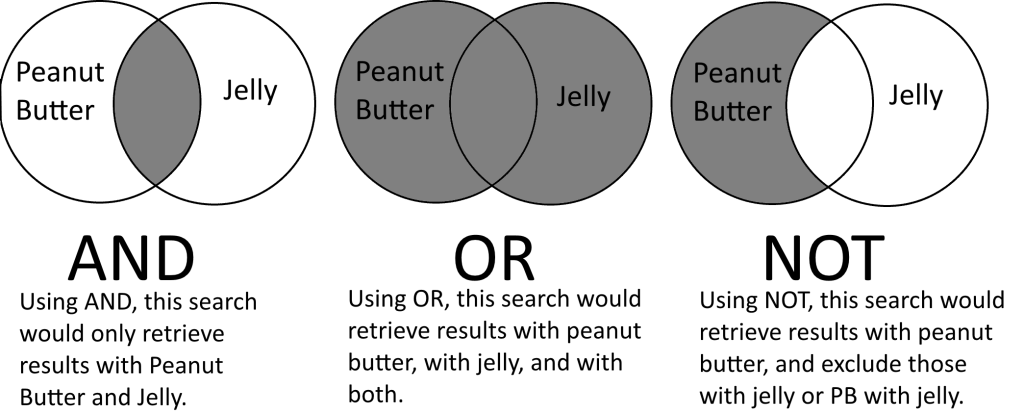This month we celebrate Disability Pride Month, marking the anniversary of the Americans with Disabilities Act (ADA) being signed into law by President George HW Bush on July 26, 1990.
Nearly 1 in 4 Americans live with some type of disability, and despite nearly 40 years since the ADA’s passage, many Americans with disabilities still live with significant barriers to living their lives to their fullest. Barriers can be physical, such lack of ramps, elevators, and ADA-compliant spaces. But they can also be less visible, including design and function of technology.
Accessible Library Resources
As library resources shifted to a predominantly digital format, the importance of these resources providing accessible and inclusive information for users of all abilities has become even more vital.
The Rehabilitation Act of 1978 defines and protects the same individuals as the ADA, but covers a different scope. In 1998, it was amended to include Section 508, which focused on the accessibility of electronic and information technology products and services that federal agencies buy, create and use.
Section 508 mandates that individuals with disabilities have access to information and services that is comparable to the access and use available to non-disabled individuals. It also provides guidelines to follow to ensure electronic resources are accessible, including making websites and apps accessible to assistive technologies (screen readers, alternative mouse and keyboard devices like motion trackers, magnification software, etc).
The Library Accessibility Alliance (LAA) is an organization made up of multiple library consortia across the country that advocates for improving library e-resource accessibility and shifting library culture to one that promotes justice and inclusion for people with disabilities. The group provides independent accessibility evaluations of library resources, training and toolkits for libraries and librarians, as well as specific licensing language for libraries to use or adapt to address concerns with electronic resources vendors.
LAA hosts a searchable database of independent evaluations of over 100 electronic resources.
ADA Compliance Tools
Vendors are recommended to provide documentation that shows how their hardware or software is accessible.
An Accessibility Conformance Report (ACR) is a document that explains how information and communication technology (ICT) products such as software, hardware, electronic content, and support documentation meet (conform to) the Revised 508 Standards for IT accessibility. Use the ACR to make specific statements in simple recommended language to demonstrate how the features and functional characteristics of your product meet the Section 508 standards.
There are multiple products and tools available to help create ACRs, including the VPAT.
Voluntary Product Accessibility Template (VPAT™)
Vendors that offer software, hardware or electronic content can voluntarily provide a VPAT™ that discloses how they support accessibility guidelines. The VPAT™ outlines the Revised Section 508 Standards for accessibility, and allows vendors to indicate their conformance with each standard.
However, even if a vendor provides a VPAT™, it doesn’t guarantee that the vendor’s resource is actually Section 508 or ADA compliant.
W3C Web Content Accessibility Guidelines (WCAG)
WCAG are guidelines and criteria produced by the W3C (World Wide Web Consortium) to ensure that websites and electronic content are accessible to all. They provide quantitative means of evaluating websites for accessibility, and should be used by both developers and content creators.
There are currently two standards in use today: WCAG 2.0 and WCAG 2.1 which added additional criteria to address accessibility for mobile devices, people with low vision, and people with cognitive disabilities.
Popular Biomedical Resources: ADA Compliance
If you are interested in learning more about different resources and their ADA compliance status, see the lists below which feature some of the MSK Library’s most popular resources.
Literature Databases
- PubMed — National Library of Medicine (NLM)
- MEDLINE — Ovid (Wolters Kluwer)
- Embase — Elsevier
- CINAHL — EBSCO
- Web of Science — Clarivate
- Scopus — Elsevier
- Cochrane — Wiley
Citation Management tools
- EndNote — Clarivate
- Mendeley — Elsevier
- SciWheel – SAGE
- Zotero — Corporation for Digital Scholarship (non-profit)
Clinical Databases
- Access Medicine — McGraw Hill
- ClinicalKey – Elsevier
